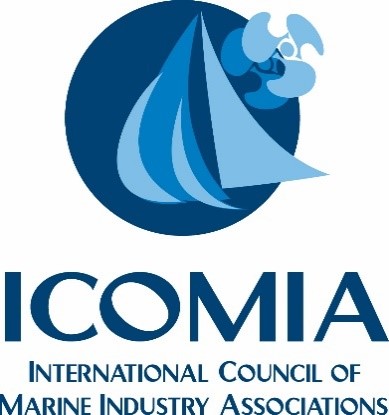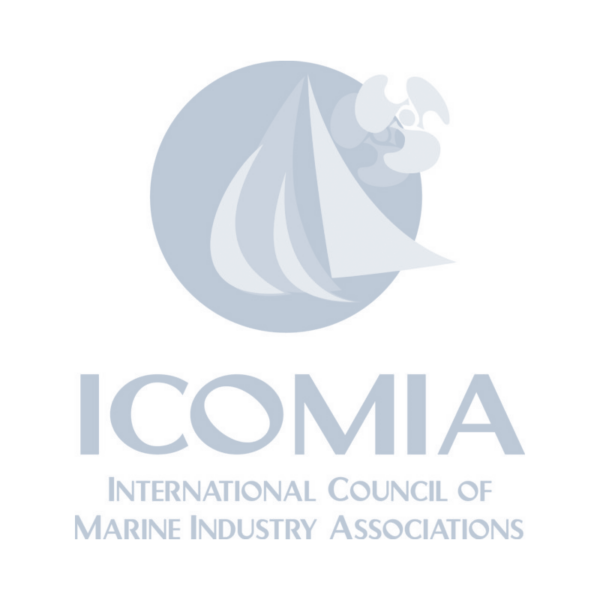Description
As far as environmental issues are concerned the marine industries and their associations find themselves in a peculiar situation. In the first place, they need a clean environment for their products and services to be fully enjoyed, and they see this clean environment endangered. Secondly, they face an ever-increasing number of stricter regulations due to growing environmental awareness and concern. And finally, their own activities affect the environment as well! So, what course should be steered? Stop boating because of water pollution? Only allow sail power to avoid noise and exhaust fumes? Restrict sails because of possible adverse effects of dacron production? Require wooden boats instead of GRP ones because styrene emission control techniques are too expensive? Could there be any way to cope with these dilemmas? No doubt there is a way, and probably even more than one. The marine industry in the Netherlands certainly found one such way. Although, `found` is not exactly the right expression if one takes into account the years of detailed investigation, creative development and careful implementation during what is currently known as the HISWA BIM PROJECT. The word `BIM` is the Dutch abbreviation for `Internal Environmental Care`, an approach that shall be explained later on. The BIM Project had several goals. One was the production of a manual for individual marine industries to cope with legal obligations as well as technical and organisational measures related to environmental effects. The use of this manual must lead to what can best be called an `Internal Environmental Management System`, IEMS. At this moment the system is being implemented in more than one quarter of the Dutch marine industries. This paper explains the reason for the project, the different phases, and the results as well as some principles and consequences of `Internal Environmental Management`.

